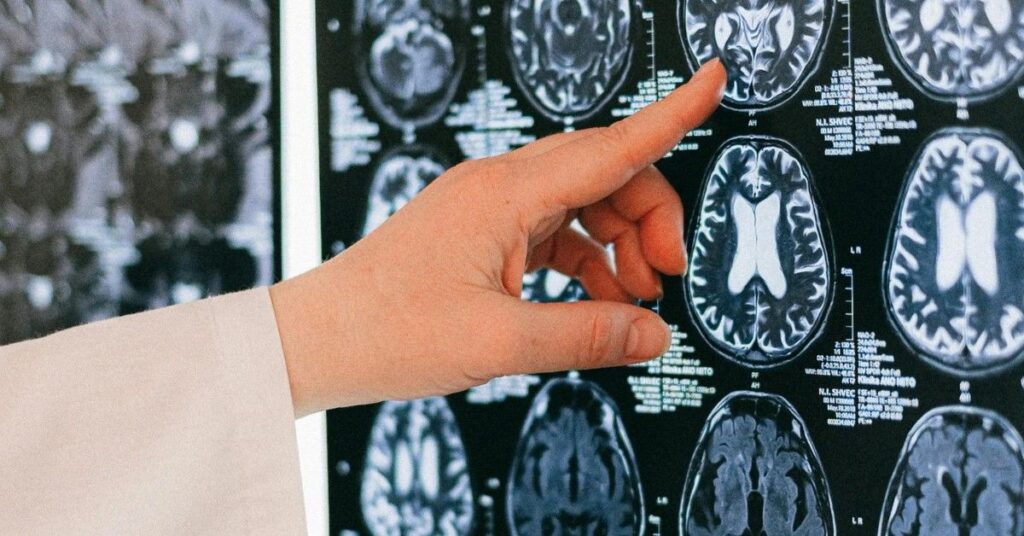If you’re a regular instant coffee drinker, you might be putting your vision at risk. A new study reveals a possible link between instant coffee and age-related macular degeneration (AMD), an eye disease that affects central vision in adults over 50.

If you rely on instant coffee to kick-start your mornings, you might want to think twice. A recent study has revealed a potential connection between instant coffee consumption and an increased risk of age-related macular degeneration (AMD), a common eye condition that can gradually impact vision.
Although coffee is often praised for its health benefits, researchers have found that certain types, especially instant coffee, may have serious downsides. According to a new study, scientists from the Hubei University of Medicine in China have identified a possible link between drinking instant coffee and a higher risk of developing AMD—a progressive eye disease that blurs or eliminates central vision, primarily in adults over 50.
Researchers warn that individuals who are already at risk for AMD should steer clear of instant coffee. While the condition doesn’t lead to complete blindness, it can make daily tasks like reading or recognizing faces increasingly difficult over time if not treated.
The study analyzed genetic data from more than 500,000 individuals and found a statistically significant association between instant coffee consumption and dry AMD, one of the two major forms of the condition. Interestingly, no such connection was found with ground or decaffeinated coffee.
“Our results revealed a genetic correlation between instant coffee consumption and dry AMD,” wrote Siwei Liu, corresponding author from the Department of Ophthalmology at Shiyan Taihe Hospital, Hubei University of Medicine.
The research, published in the journal Food, Science and Nutrition, used data from the UK Biobank. This included detailed information about participants’ coffee habits—such as the amount they consumed and whether it was instant, ground, or decaf.
“Instant coffee may increase the risk of AMD, and reducing its intake could help prevent dry AMD. People at high risk for AMD should avoid instant coffee,” Liu added.
AMD is among the most common causes of irreversible vision loss. While it doesn’t lead to total blindness, it deteriorates central vision, severely affecting quality of life. Tasks like reading, driving, and even identifying faces can become difficult.
Although the exact mechanism isn’t yet clear, the study emphasized that genetic factors significantly contribute to the development of AMD. “However, given the unclear disease mechanisms and the complexity of treatment, slowing disease progression and timely prevention are particularly important,” the researchers wrote.
The findings also showed a genetic overlap between those predisposed to consuming instant coffee and those at risk of dry AMD, indicating shared DNA signals that could explain the link.
Interestingly, previous studies suggested that coffee might reduce AMD risk. But the researchers in this study pointed out that those studies didn’t differentiate between types of coffee. “In contrast, our study provided a more detailed stratification of coffee types and yielded different results, indicating potential biases in previous research,” they stated. Their results also indicated “a potential genetic correlation between instant coffee consumption and both dry and wet AMD.”
Also Read: 5 Biggest Triggers of Breast Cancer, According to Experts
So what could be driving this risk? The researchers believe it may come down to what’s inside the cup. Instant coffee is known to contain processing byproducts and additives not found in fresh brews. Chemicals like acrylamide (a known carcinogen), oxidized lipids, and other compounds unique to instant coffee may be contributing factors.
For those already diagnosed with early-stage AMD, cutting back on instant coffee and switching to ground coffee beans could be a safer choice, according to multiple studies.
Also Read: Is It Just Your Period? Early Signs of PCOS to Watch For
Signs and Symptoms of AMD
AMD affects the macula—the central part of the retina—leading to a gradual loss of sharp, central vision. While peripheral vision usually remains intact, common symptoms of AMD include:
- Blurred vision
- Difficulty seeing in dim lighting
- Trouble distinguishing colors
- Distorted vision (e.g., straight lines appearing wavy)
- Blank or dark spots in the central field of view
- General low vision












